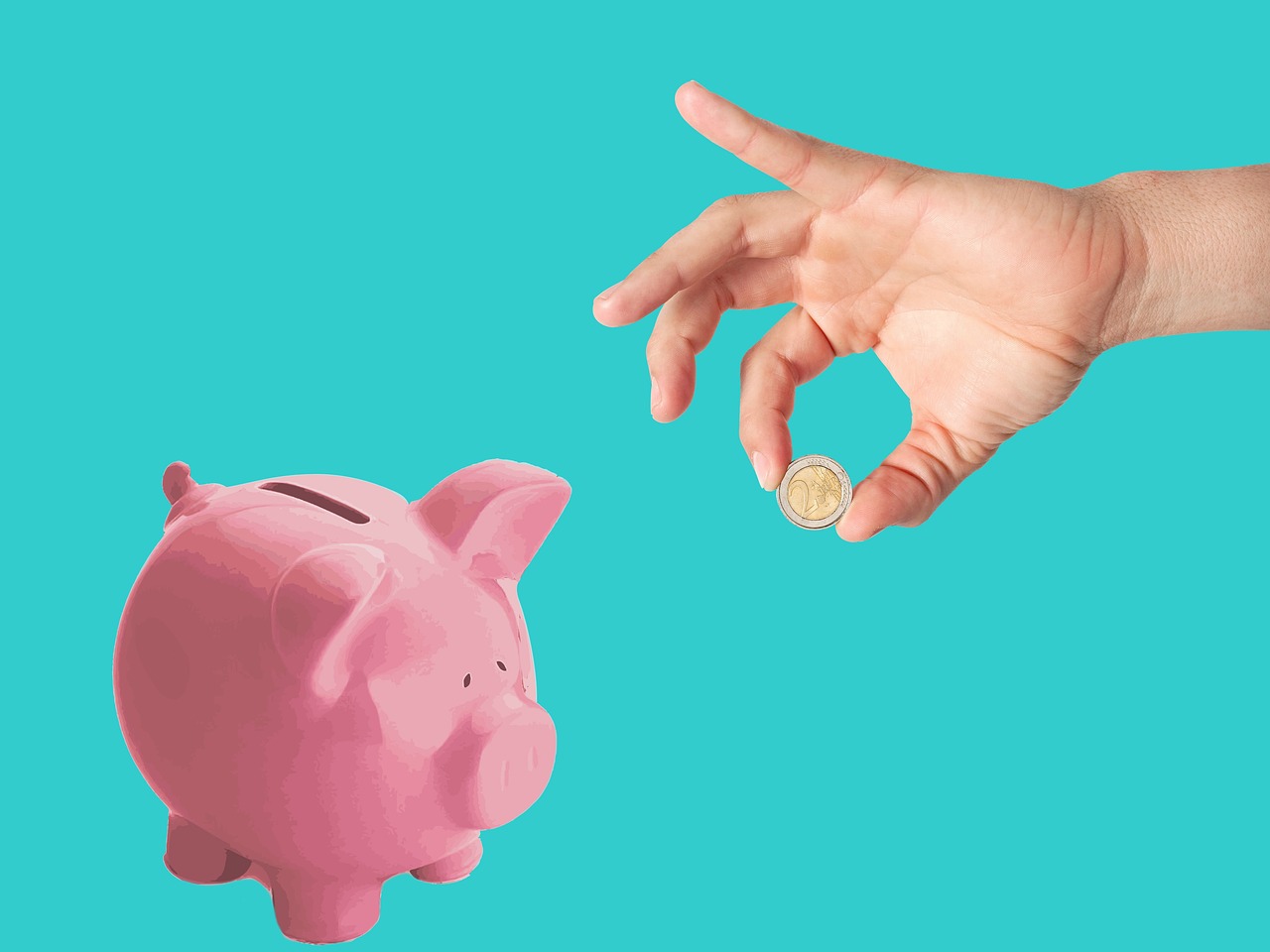We should be honest, life does not give us warning when it has a way of taking us off guard. Be it an unexpected medical bill, a broken appliance or an unexpected change of occupation, a financial crisis has a way of occurring without notice. And this is the reason why having an emergency fund is not a luxury, it is a need. It is the unspoken confidence that you are ready to face any type of thing that comes along your path.
So how do you really go about building one? The key is to come at your money with purpose implementing savings plans that are disciplined but flexible, structured but accessible.
1. Begin Small, But Be Consistent.
Most individuals postpone saving because they think they should accumulate a sum first before starting. The reality? You only need to begin even if it is only ₹500 or ₹1,000 a month. The most important thing is not the amount but regularity.
Automate your savings so that a predetermined amount transfers from your primary account to a dedicated savings account on a monthly basis. This way, you won’t be depending on willpower; your savings plan works the heavy lifting for you behind the scenes.
2. Know Your Target.
A properly constructed emergency fund typically pays for three to six months of fundamental living expenses: your rent, food, bills, insurance premiums, and loan EMIs. To calculate your target the easiest way is to make a list of your non-negotiables and multiply it by three or six. That’s your financial safety net.
3. Employ a Layered Approach.
While accessibility is most important for emergency funds, you don’t want to have all your money lying idle. A good investment strategy can add beauty to your savings. Attempt to divide your emergency fund into layers:
Layer 1: Maintain a small portion in an instant-access savings account for real emergencies.
Layer 2: Put the rest in short-term fixed deposits or liquid mutual funds that offer slightly better returns but are still easy to withdraw when needed.
This approach keeps your money safe, accessible, and growing a perfect blend of security and efficiency.
4. Review and Adjust Regularly.
Your financial life will not last so long with the same. It is only because as your income increases or the cost of things varies so should your emergency fund. Assess your progress at least once a year, and revise your investment plan or goals with respect to saving. You can be ready at all times, regardless of the changes in life, as the check-in can be made in a few seconds.
5. Balance Discipline with Enjoyment.
Saving does not equate to elimination of joy. Treat yourself when you reach milestones, maybe a small night out or something you’ve coveted for a time. Such tiny pleasures keep you encouraged while keeping your larger financial aspirations on schedule.
The goal, though, is to find the right balance, save intensively, but live intentionally. You don’t need to eliminate all enjoyment to achieve your savings goal. Treats can and should be part of your expense planning. You can set up a small “fun fund” which allows you to spend without guilt, and you don’t touch the emergency savings. This always keeps you motivated, makes you proud of what you’ve accomplished, and it makes sure that saving money feels normal and not like a punishment. Over the years, the blend of enjoyment and discipline makes the balance between saving and fun emotionally satisfying, practical, and easy to maintain.
Conclusion.
Creating an emergency fund is not something you do in fear it’s done for freedom. It allows you to approach life with its unknowns without financial panic. By applying smart savings strategies, automating your deposits, and adding to them with a well-planned investment strategy, you’re not simply saving cash, you’re creating stability, security, and peace of mind.
Begin today, no matter how small the first step might be. Eventually, those steps will take you to a more secure, more confident financial future, one where surprises don’t rattle your foundation, but rather remind you of just how ready you are.
